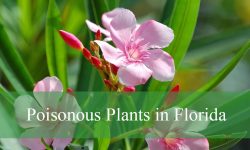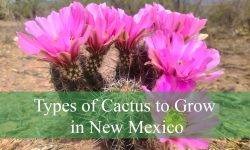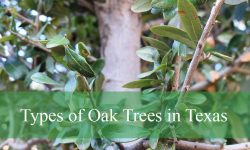A great location to unwind and take in the wonders of nature is a garden. One of the greatest things about gardening is the abundance of flower varieties that may be grown. You are in luck if you are searching for flowers that begin with the letter G. The most exquisite flowers that start with the letter G are listed here.
There are lots of possibilities available if you are looking for flowers that start with the letter G. Here are some of the most delicate flowers for your reference.
Different types of Flowers that Start with G
Globe Amaranth
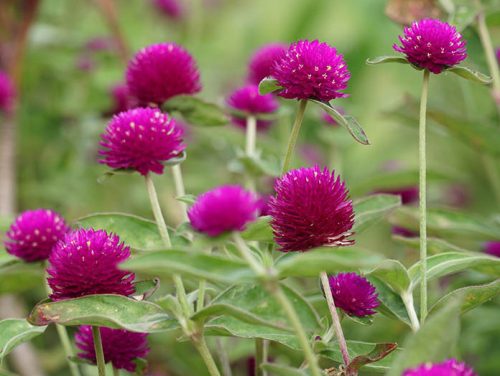
Globe Amaranth, scientifically known as Gomphrena globosa, is a bold and striking annual from the amaranth family (Amaranthaceae). Native to Central America, these ornamental plants thrive in Zones 2 to 11, blooming from summer to fall. Known for their versatility, globe amaranth flowers serve as excellent choices for cut or dried arrangements. The plants feature slender, hairy leaves and produce prolific globe-like flower heads in shades of lilac, magenta, pink, purple, orange, red, or white.
Globe Daisy
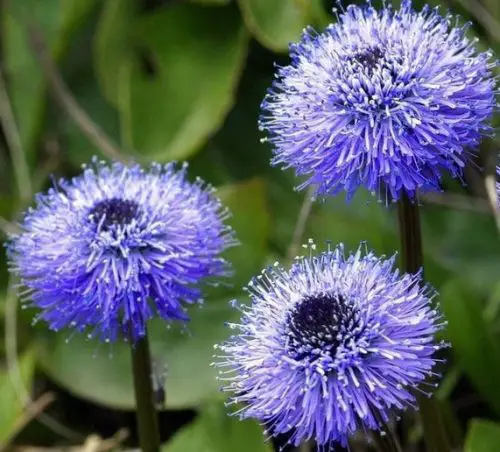
Globe Daisy, scientifically labeled Globularia spp., are stunning evergreen shrubs belonging to the plantain family. These low-growing mat-forming plants feature leathery oval-shaped leaves and dense clusters of fluffy globe-like flowers. Typically in shades of pink, purple, violet, and white, they bloom from winter to spring. Native to parts of Africa, Asia, and central and southern Europe, these flowers thrive in Zones 9 to 11 but can be grown as annuals in other regions. Globe daisies are known for their drought tolerance, favoring rich, well-draining soils and full sun for optimal growth and vibrancy.
Globe Flower
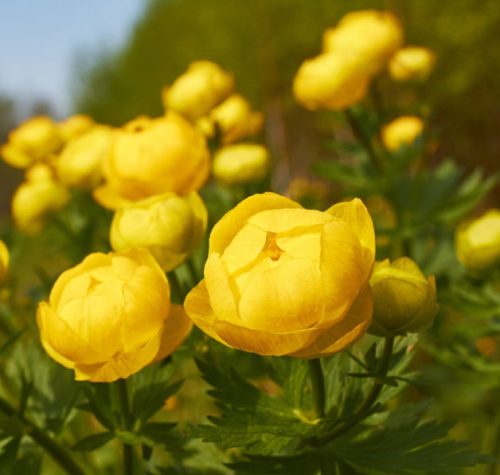
Globe Flower, scientifically named Trollius europaeus, is a bright and beautiful perennial from the buttercup family (Ranunculaceae), native to parts of Europe and Western Asia. Flourishing from spring to summer, these vibrant flowers grow well in Zones 3 to 8. With upright stems carrying bright yellow, globe-shaped flowers resembling double buttercups, globe flowers add a burst of color. Emerging above clumps of dark green leaves with three or five lobes, these plants prefer shady areas, creating a captivating display of color in gardens during the flowering season.
Globe Thistle
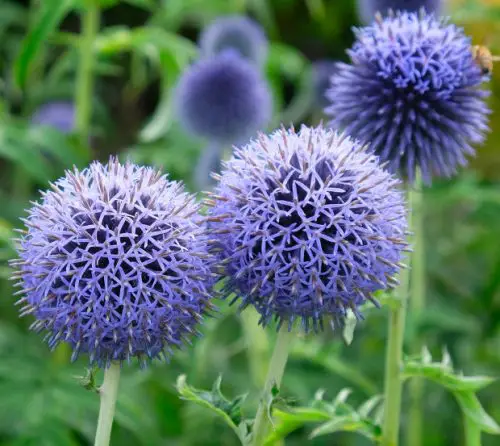
Globe Thistle, scientifically identified as Echinops spp., are vibrant members of the aster or daisy family, native to Africa, Asia, and Europe. Thriving from summer to fall, these flowers flourish best in Zones 3 to 9, particularly in nutrient-poor, well-draining soils. Ideal for cut flower displays, globe thistle plants form clumps of deeply-divided grayish-green spiny leaves and boast upright silvery stems. From summer until fall, these stems showcase globe-like heads adorned with blue, purple, and white flowers, attracting pollinators and adding a touch of beauty to gardens.
Gloriosa Daisy
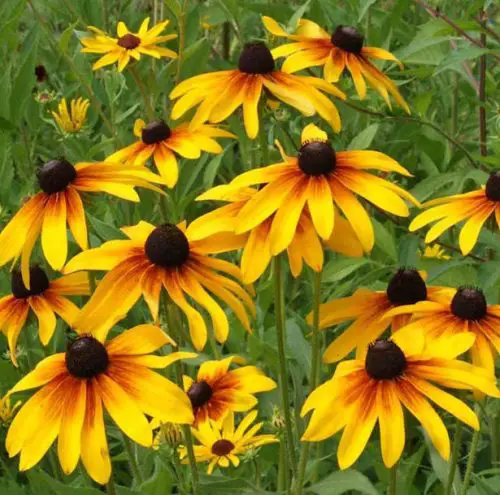
Gloriosa Daisy, scientifically labeled Rudbeckia hirta, is a familiar wildflower, commonly known as black-eyed Susan, native to North America. Flourishing from summer to fall, these iconic flowers grace prairies and grasslands. Their bright, cheery blooms thrive in Zones 3 to 9, preferring full sun and loose, well-draining soils. Characterized by bright yellow petals and dark brown central florets, gloriosa daisies elegantly sway above basal rosettes of coarse, hairy leaves.
Gloriosa Lily
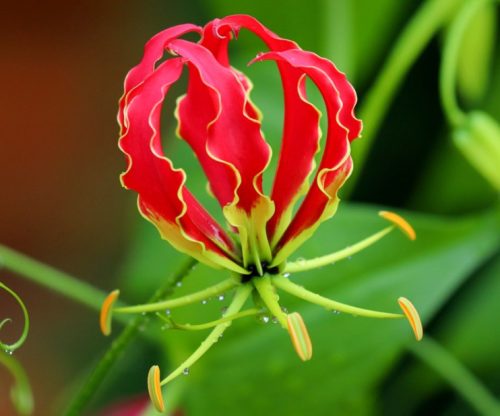
Gloriosa Lily, scientifically referred to as Gloriosa superba, is a spectacular herbaceous perennial also known as flame lilies. Rare and captivating, these flowers hail from the Colchicaceae family, native to parts of Africa and Asia. Thriving in Zones 8 to 10 during the summer to fall flowering season, gloriosa lilies boast lance-shaped alternate leaves in clumps, spreading through underground rhizomes. The flowers exhibit wavy red petals with yellow edges, resembling flames, as the petals grow upward with long yellow stamens underneath, creating a truly unique and stunning appearance.
Goat’s Beard
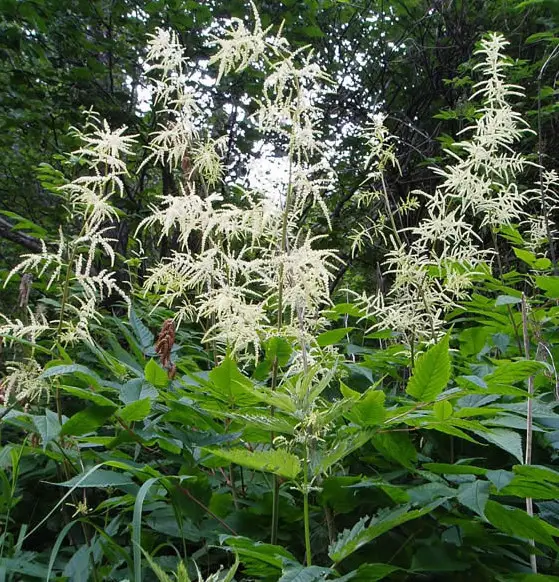
Goat’s Beard, scientifically labeled Aruncus dioicus, are herbaceous perennials from the rose family. Renowned for their feathery plumes of tiny creamy-white flowers, these plants feature dark green compound leaves with three to five leaflets. Native to parts of Asia, Europe, and North America, goat’s beard flowers flourish in moist, fertile soils and shady conditions. Ideally suited for Zones 3 to 9, they are relatively easy to grow, making them an attractive and accessible choice for gardens. The flowering season spans the summer, as these elegant flowers bring a touch of grace to shaded landscapes.
Goat’s Rue
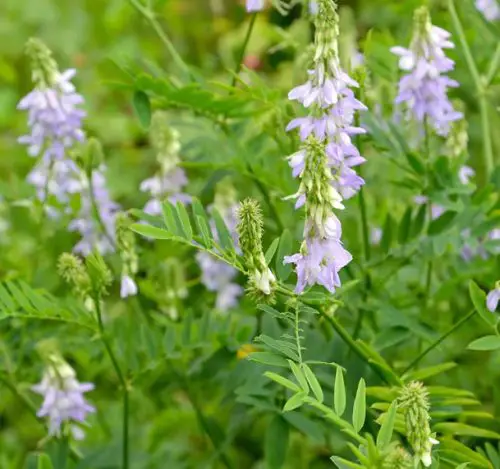
Goat’s Rue, scientifically known as Galega officinalis, belongs to the legume or pea family (Fabaceae). Native to Africa, Asia, and Europe, these herbaceous perennials are versatile, serving both as a food crop and an excellent ornamental for gardens. Characterized by tall upright stems and elliptical pinnate leaves, goat’s rue blooms with pink, purple, or white pea-like flowers from summer to fall. Thriving in full sun, this plant is well-suited for Zones 4 to 9, providing a vibrant and attractive addition to landscapes during the flowering season.
Godetia
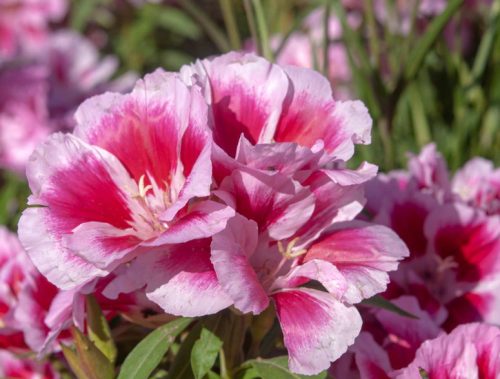
Godetia, scientifically labeled Clarkia amoena, is also known as satin flowers. These annuals, belonging to the evening primrose family (Onagraceae), are native to western parts of North America. Flourishing from spring to summer, Godetia flowers thrive in Zones 2 to 11. These lovely flowers exhibit elegant, colorful cup-shaped blooms in shades of lilac, pink, purple, and red, often adorned with darker patches on the petals. Growing above clumps of slender lance-shaped leaves, Godetia flowers prefer moist, well-draining soils and excel in full sun to partial shade.
Gaillardia
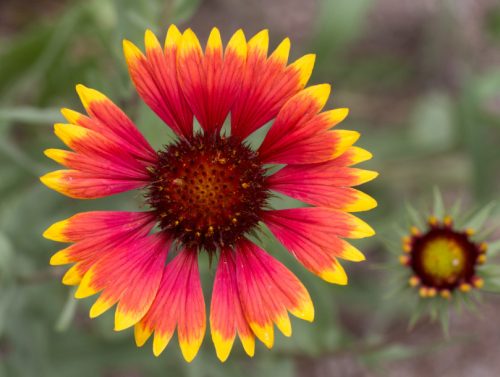
Gaillardia flowers, also known as blanket flowers, belong to the aster or daisy family (Asteraceae) and can be annual or perennial. These vibrant blooms showcase bright bicolored petals with central florets, spanning shades of orange, red, yellow, purple, or white. Native to North and South America, they derive their name from the resemblance to blankets crafted by Native American communities. Flourishing in USDA Zones 3 to 10, Gaillardia spp. blooms from summer to fal
Galanthus
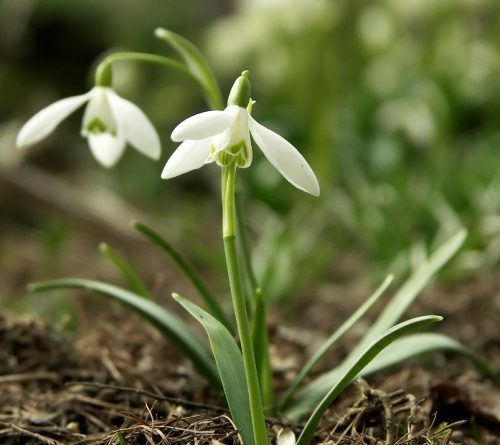
Galanthus flowers, commonly known as snowdrops, are bulbous herbaceous perennials belonging to the Amaryllis family (Amaryllidaceae). Native to Europe and the Middle East, they flourish in Zones 3 to 8. These elegant flowers form clumps of slender, grass-like leaves and bloom in late winter and early spring, showcasing nodding bell-shaped white flowers with inner and outer tepals.
Garden Nasturtium
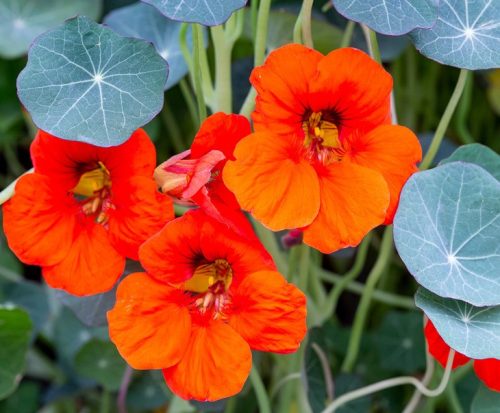
Garden nasturtiums, members of the Tropaeolaceae family, thrive as fast-growing perennials in Zones 9 to 11, native to South America. In colder regions, they’re cultivated as annuals. Admired for trumpet-shaped orange, red, or yellow flowers, these plants boast umbrella-like leaves with pale veins. Both flowers and leaves are edible, making them popular additions to summer salads. Scientifically known as Tropaeolum majus, these garden gems bloom from summer to fall.
Garden Phlox
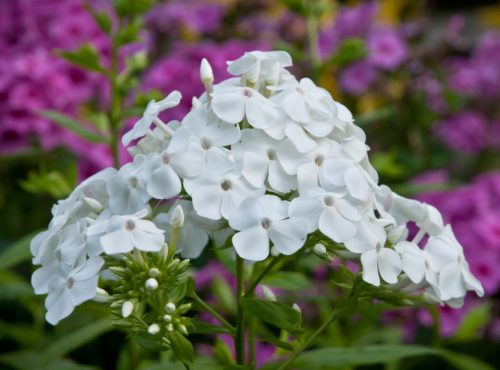
Summer phlox, also known as garden phlox, is a beloved herbaceous perennial native to the central and eastern United States. A member of the Polemoniaceae family, it emits a sweet fragrance throughout the garden from summer to early fall. With large panicles of small pink, purple, or white flowers and elliptical leaves, Phlox paniculata thrives in full sun or partial shade within Zones 4 to 8. This species, scientifically named Phlox paniculata, graces gardens with its blooming beauty from summer to fall.
Gardenia

Gardenias (Gardenia jasminoides), beloved evergreen shrubs native to Southeast Asia, are members of the coffee family (Rubiaceae) and are commonly referred to as cape jasmine. Cultivated for centuries, these ornamental shrubs feature smooth, glossy green leaves with prominent veins. Large, solitary white or creamy-yellow flowers grace the ends of their stems throughout the summer and fall.
Gaura
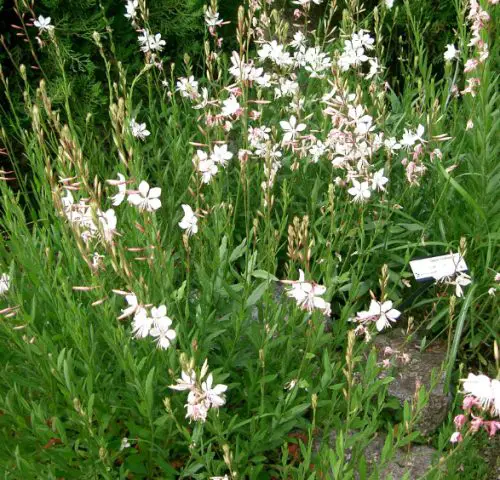
Gaura, scientifically known as Gaura lindheimeri, is a herbaceous perennial native to the Southern United States. Blooming from summer to fall, its white or pink flowers feature four distinct petals, resembling butterflies on one side. Gaura flowers boast hairy lanceolate leaves and propagate through underground rhizomes. Belonging to the evening primrose family (Onagraceae), these elegant blooms thrive in Zones 5 to 9, showcasing their drought-tolerant nature.
Gazania
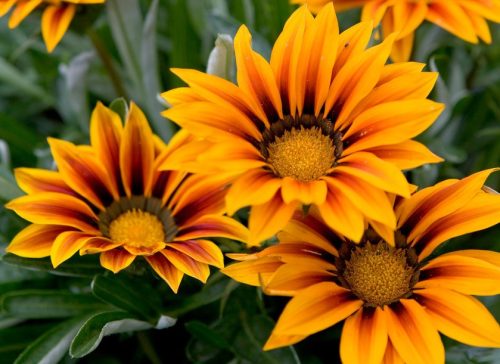
Gazania, scientifically labeled Gazania spp., originates from Southern Africa. Blooming from spring to fall, these brightly colored flowers, also known as African daisies or treasure flowers, belong to the daisy family. Gazanias thrive in Zones 8 to 11, native to parts of Southern Africa, are perennials in their home region but are commonly grown as annuals elsewhere.
Gentian Sage
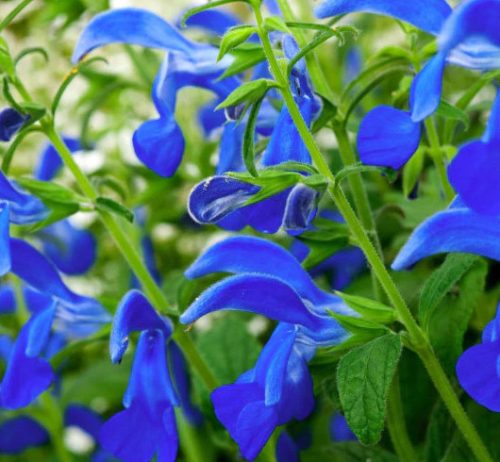
Gentian Sage, scientifically named Salvia patens, hails from central Mexico. Flourishing from summer to fall, these attractive plants, also known as spreading sage, are herbaceous perennials belonging to the sage family (Lamiaceae). Gentian Sage is a perennial in Zones 8 to 10 but acts as an annual in colder areas. Characterized by triangular leaves and square stems, Gentian Sage adds a touch of elegance to gardens with its vibrant blooms and unique foliage.
Geranium
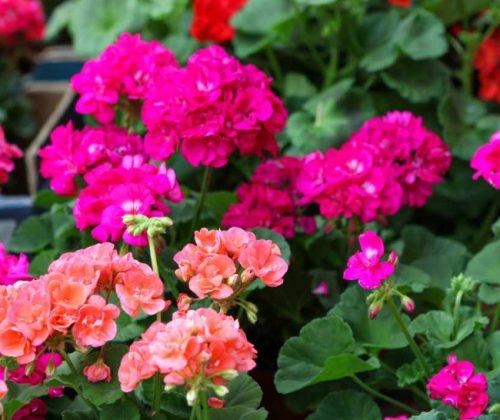
Geraniums, commonly known as cranesbills, are cherished flowers cultivated worldwide. With over 400 species in the Geranium genus from the Gerinaceae family, most hail from the Mediterranean, while diverse species thrive globally. These vibrant flowers, starting with the letter G, form clumps of palmate leaves with deeply divided leaflets. Recognizable for their cup-shaped pink, purple, or white blooms, geraniums are grown as perennials in Zones 10 & 11 but serve as annuals in other regions.
Gerbera Daisy
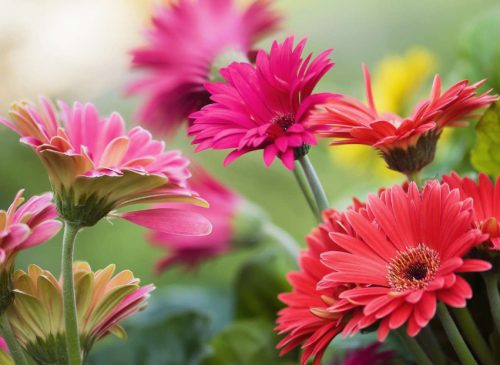
Gerbera Daisy, scientifically known as Gerbera jamesonii, originates from Southern Africa. Blooming from spring to fall, these daisies are popular worldwide and all cultivated varieties descend from the Barberton or Transvaal daisy. A member of the daisy family, Gerbera daisies are herbaceous perennials but are commonly grown as annuals. Sporting dark green lobed leaves, these attractive plants showcase large daisy-like flowers with petals in vibrant shades of orange, red, yellow, or white. Thriving in rich, well-draining soils, Gerbera daisies flourish best in Zones 8 to 11.
Geum
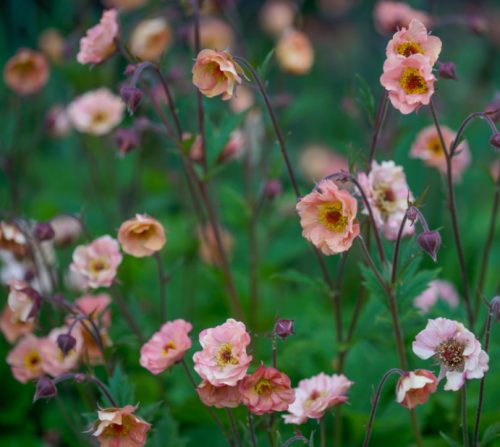
Geum, scientifically labeled Geum spp., is a colorful and charming flower commonly known as avens. Belonging to the rose family (Rosaceae), the Geum genus comprises around 50 species. These herbaceous perennials thrive worldwide, growing in clumps of fan-shaped or fern-like leaves. From late spring to fall, geums enchant with small flowers in hues of orange, red, yellow, or white. While evergreen in most regions, geums may become deciduous in colder areas outside Zones 3 to 7.
Giant Allium
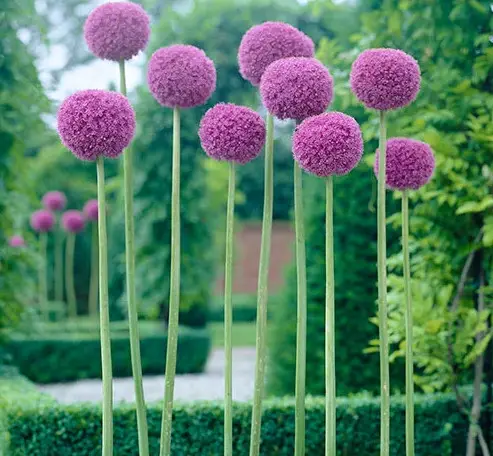
Giant Alliums, scientifically known as Allium giganteum, are striking bulbous perennials, recognized as giant onions or ornamental onions. Native to central and southwestern Asia, they bloom vibrantly from spring to summer, featuring large rounded flower heads adorned with tiny purple flowers exhibiting six star-shaped petals. Complemented by clumps of slender strap-like leaves, these colorful alliums thrive in Zones 6 to 10.
Giant Hibiscus
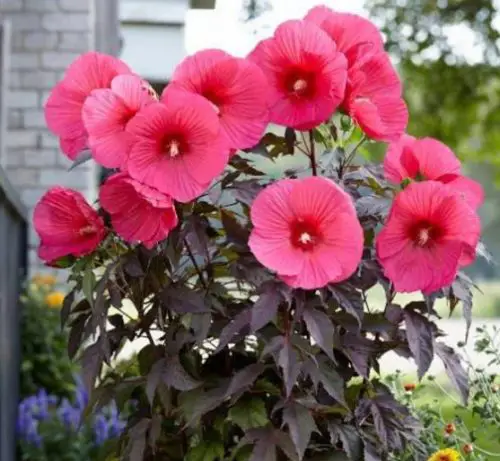
Giant Hibiscus, scientifically termed Hibiscus grandiflorus, belongs to the mallow family, commonly recognized as the swamp rose mallow (Malvaceae). Native to wetlands in the southeastern United States, these flowers flourish from spring to summer. While perennial in Zones 8 to 11, they behave as annuals in colder regions. Sporting grayish-green heart-shaped leaves, giant hibiscus plants boast large trumpet-shaped flowers in pink or white, reaching widths of up to 10 inches.
Giant Spider Lily
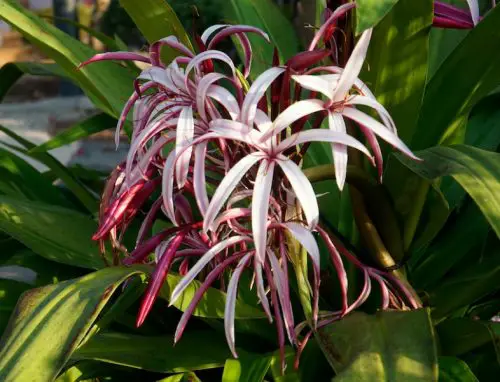
Giant Spider Lilies, scientifically termed Hymenocallis spp., are captivating bulbous perennials in the Amaryllis family. Native to North and South America, they thrive in Zones 5 to 11, depending on the species. These delightful flowers, starting with G, form clumps of slender, strap-like leaves in basal rosettes. The rosettes give rise to stems crowned with unique white or yellow flowers. Giant Spider Lily blooms feature round central petals surrounded by long, narrow ones, creating a spider-like appearance.
Ginger Lily
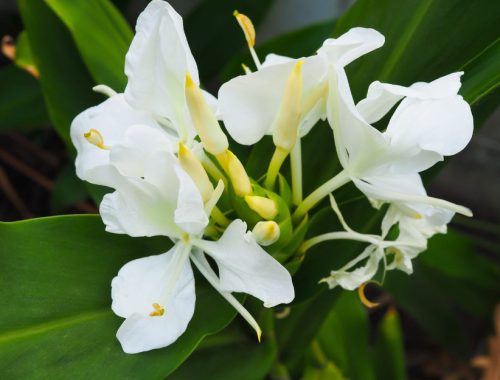
Ginger Lilies, scientifically known as Hedychium spp., are enchanting perennials originating from Asia. Blooming from summer to fall, they infuse late-season gardens with vibrant colors. These captivating plants boast dense spikes of fragrant flowers in shades of orange, yellow, red, and white. Complemented by clumps of bluish-green blade-like foliage, ginger lilies add a touch of exotic beauty. Best suited for Zones 7 to 11, ginger lilies bring a touch of the tropics to gardens with their stunning blooms.
Ginkgo
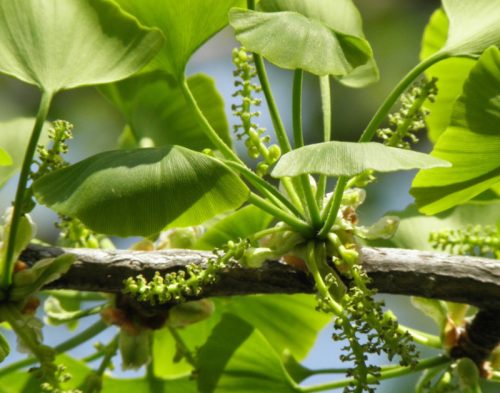
Ginkgo, scientifically labeled Ginkgo biloba, is among the oldest plant species globally, dating back almost 300 million years. Native to China, these deciduous trees belong to the Ginkgoaceae family, flourishing in Zones 4 to 9. Renowned for their iconic fan-shaped green leaves with prominent veins, ginkgo trees undergo a stunning transformation in the fall, turning a brilliant golden yellow.
Gladiolus
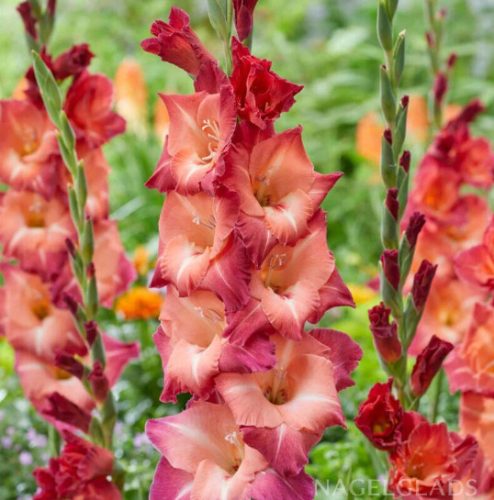
Gladiolus, scientifically referred to as Gladiolus spp., are vibrant perennials cherished as one of my favorite ‘G’ flowers. Belonging to the iris family (Iridaceae), this genus encompasses around 300 species, with a native range spanning Africa, Asia, and Europe. Best suited for Zones 5 to 11 and thriving in full sun, these elegant flowers produce tall, blade-like stems from underground corms. As the stems emerge, they burst into a symphony of large, trumpet-shaped flowers in hues of pink, purple, orange, red, yellow, and white.
Golden Columbine
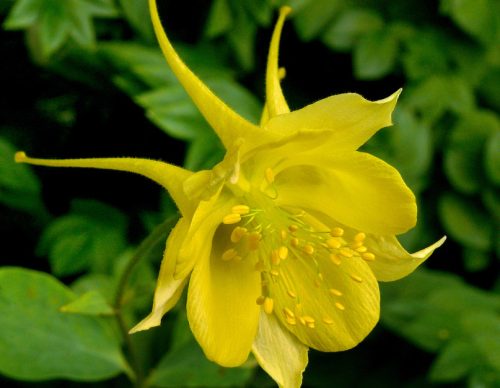
Golden Columbine, scientifically named Aquilegia chrysantha, are vibrant wildflowers native to Northern Mexico and southwestern parts of the United States. Cultivated best in Zones 3 to 8, these herbaceous perennials belong to the buttercup family. Featuring large yellow flowers with distinctive spurs, the blooms appear on long stalks emerging from clumps of fern-like leaves. Thriving in shady conditions, golden columbines prefer moist, rich, well-draining soils. Their flowering season spans from spring to summer.
Golden Marguerite
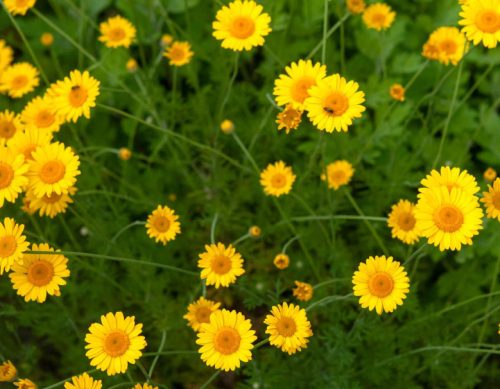
Golden Marguerite, scientifically named Anthemis tinctoria, also known as yellow chamomile, are short-lived perennials from the daisy family. Native to parts of Mediterranean Europe and Western Asia, these charming flowers boast clumps of feathery bright green leaves with a slight aromatic quality. Adorning gardens with bright yellow, daisy-like flowers and central yellow florets, golden marguerites were historically harvested for yellow dyes in clothing production. Thriving in Zones 3 to 8, these delightful perennials prefer full sun, contributing to the beauty of gardens during their summer to fall flowering season.
Golden Pea
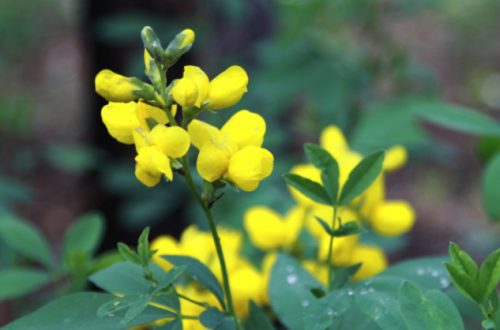
Golden Pea, scientifically labeled Thermopsis spp., are herbaceous perennials from the legume family. Popular wildflowers native to parts of North America and Eastern Asia, golden pea flowers thrive in dry, moist, well-draining soils and full sun within Zones 4 to 9. Growing in clumps of grayish-green leaves with three lobes, these plants bloom during the summer, showcasing tall stalks adorned with bright yellow pea-like flowers.
Goldenrod
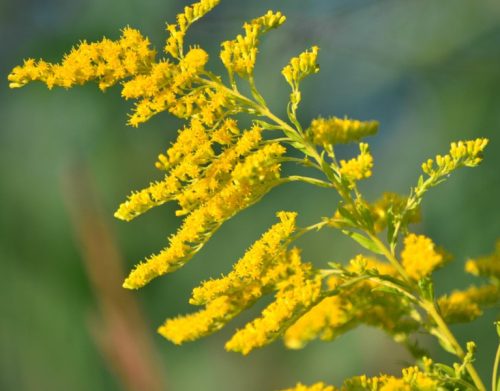
Goldenrod, scientifically known as Solidago spp., are vibrant wildflowers native to prairies and open meadows across North America. These herbaceous perennials, belonging to the aster or daisy family, thrive best in Zones 3 to 8. Blooming from summer to fall, goldenrods create dense terminal clusters of bright yellow flowers. These blooms emerge on reddish stems, growing from clumps of slender, grass-like leaves.
Goldfinger
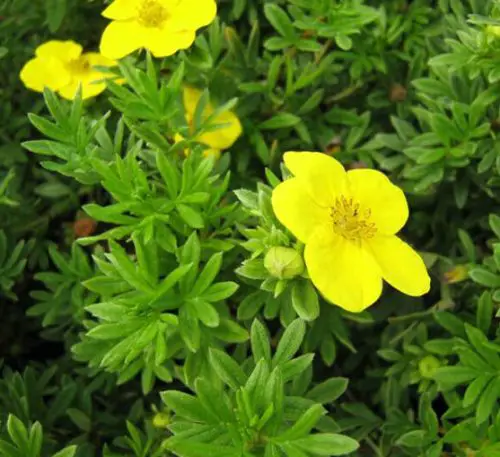
Goldfinger, scientifically labeled Talinum paniculatum, are succulent plants from the Talinaceae family, also known as fameflowers or Jewels-of-Opar. Native throughout North and South America and the Caribbean, Goldfinger flowers boast succulent leaves and long orange roots. These subshrubs feature pinkish-purple star-shaped flowers with five petals, blooming from summer to fall. Thriving in Zones 8 to 12, Goldfinger flowers are popular ornamental plants, thriving in moist, rich, well-draining soils.
Grape Hyacinth
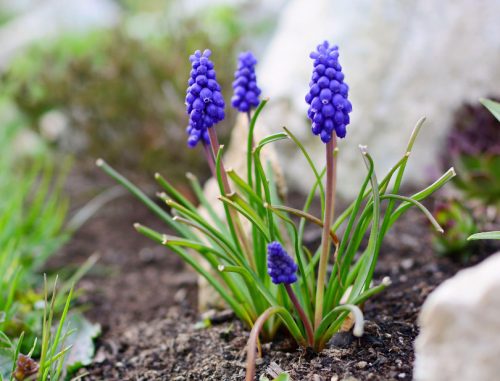
Grape Hyacinth, scientifically named Muscari spp., also known as muscari, are bulbous perennials from the asparagus family (Asparagaceae). Native to parts of Asia and Europe, these popular spring bulbs thrive in Zones 4 to 8. Characterized by slender, grass-like green leaves and leafless stalks, grape hyacinths bloom during the spring, showcasing spikes of tiny grape-like purple flowers.
Gray Goldenrod
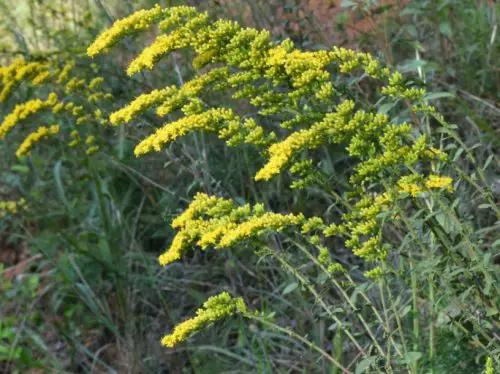
Gray Goldenrod, scientifically identified as Solidago nemoralis, are showy wildflowers from the daisy family. These herbaceous perennials, also known as old field goldenrod, are native to North America, thriving in woodlands, grasslands, and prairies. Excelling in Zones 3 to 9, these flowers, starting with the letter G, derive their name from the color of their lance-shaped leaves—grayish-green. Forming clumps of leaves, they produce upright stems adorned with clusters of tiny bright yellow flowers.
Greenhood Orchid
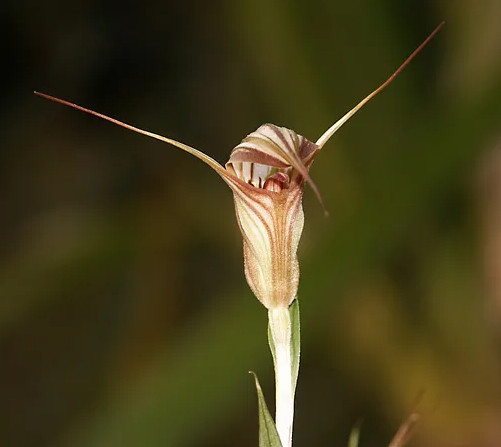
Greenhood Orchids, belonging to the Pterostylis genus, present a captivating array of around 300 species within the orchid family. These exquisite orchids, native to Australia, New Zealand, and various Pacific regions, elegantly bloom during spring to summer. Thriving in pots, they flourish splendidly in Zones 9 to 11. Greenhood orchids exhibit unique greenish-white flowers adorned with a central hood-like pouch flanked by two elongated pointed petals.
Ground Orchid
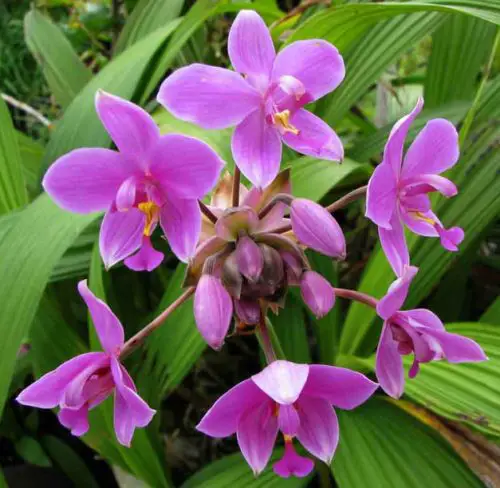
Ground Orchids, classified under the Spathoglottis genus, enchant with their vibrant presence in parts of Asia and Australia. These evergreen terrestrial orchids showcase a delightful array of purple, pink, yellow, or white star-shaped flowers. Their blooms, adorned with small inner petals featuring distinctive tongue-like lower lobes, add to their allure during the spring to summer flowering season. Ground orchids form large, pleated foliage clumps with stems emerging from pseudobulbs. While often cherished as indoor houseplants, they can thrive outdoors in Zones 9 to 10, provided they receive the warm and humid conditions they favor.
Gypsophila
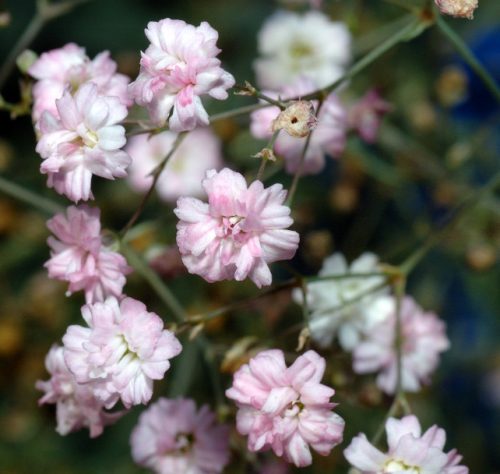
Gypsophila, commonly known as baby’s breath, graces gardens with its delicate beauty. Originating from Africa, Asia, and Europe, these elegant flowers belong to the carnation or pink family (Caryophyllaceae). With around 150 species, Gypsophila can manifest as either annuals or perennials.
The plants boast clumps of lance-shaped, grayish-green leaves and slender stems. During the summer, these stems become adorned with clusters of small pink or white flowers. In full bloom, Gypsophila resembles a field of fluffy white clouds.
Gray’s Lily
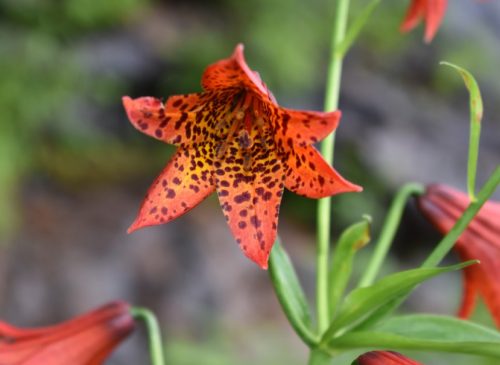
Gray’s Lily, scientifically labeled Lilium grayi, is a rare plant confined to three states: North Carolina, Tennessee, and Virginia. Hailing from the lily family (Liliaceae), these rare lilies are concentrated in the Appalachian mountains. Thriving best in Zones 4 and 5, Gray’s lilies are named after Asa Gray, a 19th-century American botanist. Characterized by whorls of lance-shaped leaves, these lilies bloom during the summer, displaying bell-shaped orange or red flowers adorned with purple spots on the petals.
Great Blue Lobelia
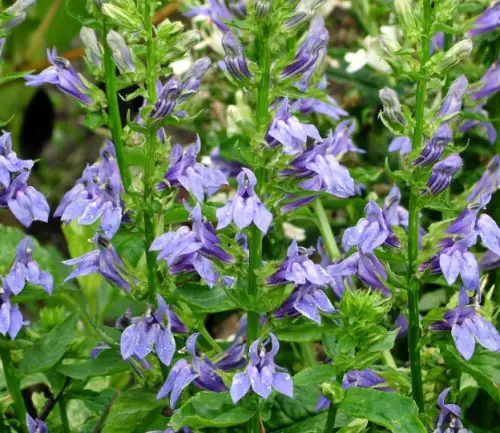
Great Blue Lobelia, scientifically named Lobelia siphilitica, also known as blue cardinal flowers, are herbaceous perennials from the bellflower family (Campanulaceae). Native to the central and eastern regions of North America, these vibrant wildflowers bloom from summer to fall. Featuring bright blue flowers with two curled upper petals and three fused lower petals, the blooms last from late summer until fall on tall, upright stems. Great blue lobelias also boast clumps of lance-shaped leaves with toothed margins, adding to their overall appeal.
Great Camas
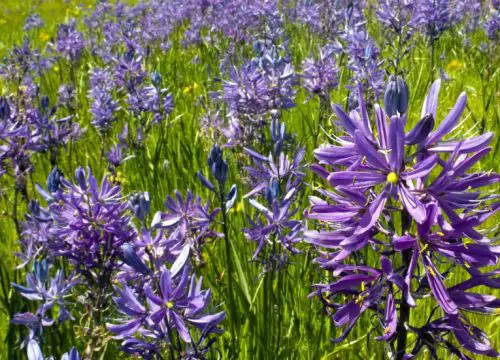
Great Camas, scientifically known as Camassia leichtlinii, also called the large camas, is native to western parts of North America. These fast-growing herbaceous perennials, belonging to the asparagus family, are spring bulbs that thrive in Zones 3 to 8. Featuring basal rosettes of long, slender leaves and leafless stems, great camas plants bloom from late spring to early summer. Adorned with hundreds of bright blue flowers, each with six blue petals and long white stamens tipped with yellow anthers, they contribute to the vibrancy of landscapes during their flowering season.
Great Masterwort
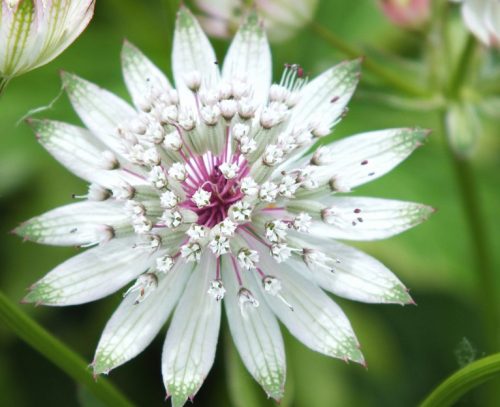
Great Masterwort, scientifically labeled Astrantia major, is a herbaceous perennial from the carrot or parsley family (Apiaceae). Celebrated for its pincushion-like flower heads adorned with tiny pink flowers, these central florets are surrounded by white bracts with red tips. Native to central and eastern regions of Europe, great masterworts thrive in Zones 4 to 7, particularly in moist or wet soils.
Great St. John’s Wort
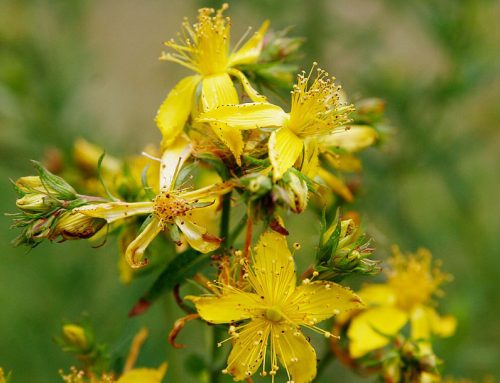
Great St. John’s Wort, scientifically termed Hypericum ascyron, also known as giant St. John’s wort, is a perennial native to parts of Asia and North America. Belonging to the Hypericaceae family, these vibrant flowers can be grown in Zones 4 to 8. Featuring large golden-yellow flowers with a dense cluster of yellow stamens in the center, they are complemented by clumps of elliptical green leaves. Renowned for their ornamental appeal, Great St. John’s Wort is an easy-to-grow addition to gardens.
Great Willowherb
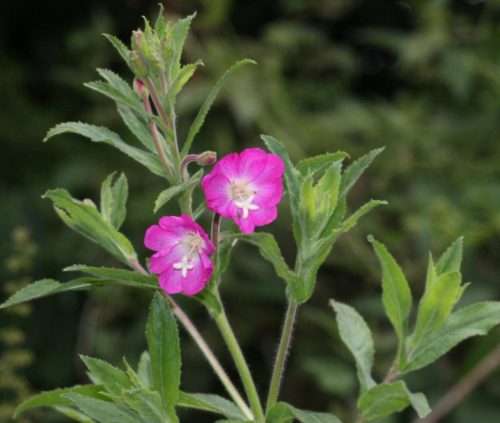
Great Willowherb, scientifically labeled Epilobium hirsutum, known by common names such as European fireweed, fiddle grass, and hairy willowherb, is a semi-aquatic perennial from the willowherb family. Originally native to parts of Asia, Europe, and North Africa, these plants flourish in wet soils within Zones 3 to 7. Characterized by firm, hairy stems and long, slender leaves with toothed margins, great willowherb comes alive during the summer with the emergence of large pinkish-purple cup-shaped flowers boasting four petals.
Greater Burnet
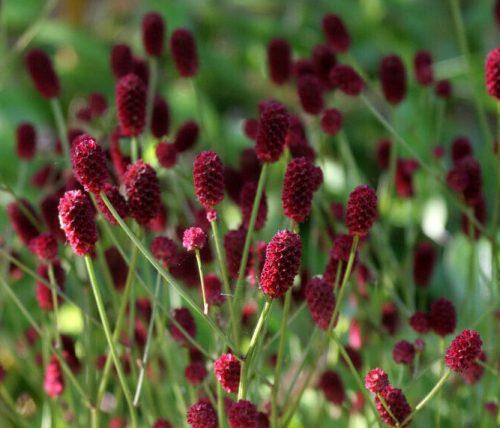
Greater Burnet, scientifically known as Sanguisorba officinalis, is a herbaceous perennial belonging to the rose family. Flourishing in grassland habitats across the Northern Hemisphere, it is also cultivated as an ornamental plant in Zones 4 to 8. Characterized by long stems emerging from clumps of basal leaves, greater burnet unveils its beauty during the summer. These branched stems bear dark red bulbous flower heads, adding a touch of elegance to the landscape.
Greater Periwinkle
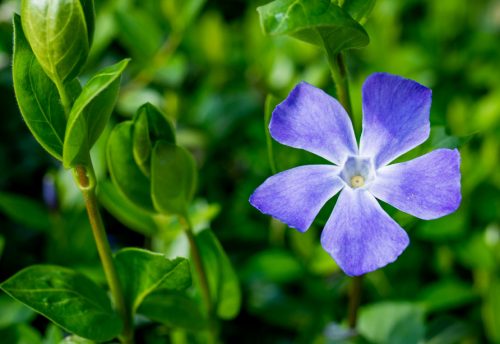
Greater Periwinkle, scientifically labeled Vinca major, graces woodlands as a native wildflower in Africa, Asia, and Europe. As evergreen perennials from the dogbane family (Apocynaceae), they gracefully spread along the ground. Flourishing in Zones 7 to 9, these plants, also known as big periwinkles, showcase large violet star-shaped flowers with asymmetrical petals. These blooms elegantly emerge above mats of glossy, leathery dark green leaves. Greater periwinkles adapt well to diverse conditions, thriving in both dry and moist, well-draining soils.
Greek Anemone
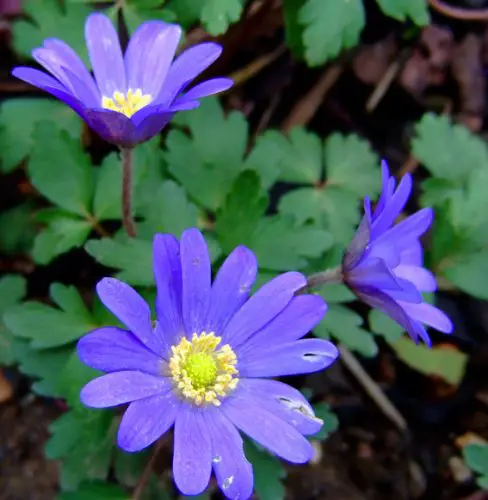
Greek Anemone, scientifically known as Anemone blanda, graces gardens as herbaceous perennials from the buttercup family. Originating in the Middle East and Southeastern Europe, particularly Greece and the Balkans, these blossoms thrive in Zones 4 to 8. Also called Balkan anemones, they unfold large blue, pink, or white flowers with seven or more petals and yellow central florets. Adorning gardens from spring to summer, Greek anemones boast basal rosettes of deeply-divided, fern-like leaves.
Greek Valerian
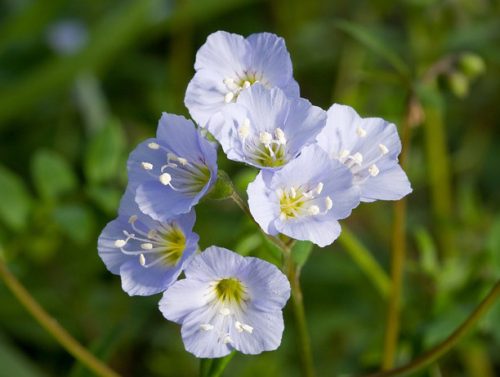
Greek Valerian, scientifically named Polemonium reptans, is recognized as creeping Jacob’s ladder. These herbaceous perennials flourish in eastern North America, thriving in Zones 3 to 8. Flourishing in rich, moist, well-draining soils and partial shade, Greek valerian forms clumps of compound leaves with up to 15 heart-shaped leaflets. From mid-spring to early summer, these plants produce panicles of small blue bell-shaped flowers adorned with dark veins. Typically reaching heights between 1 and 1.5 feet, Greek valerian brings a touch of elegance to its native landscapes.
Green Bells of Ireland
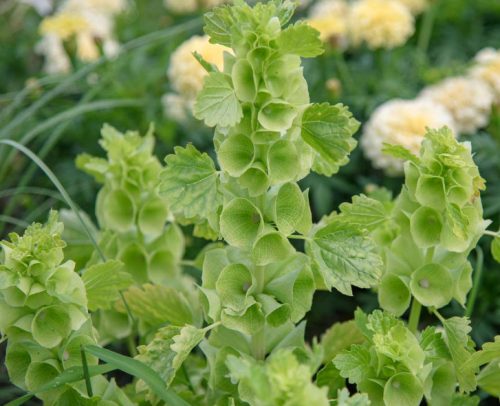
Green Bells of Ireland, scientifically known as Moluccella laevis, defy their name, originating from Western Asia. These herbaceous annuals, part of the mint family (Lamiaceae), showcase tall, dense spikes adorned with green bell-shaped flowers featuring white inner petals. Flourishing in Zones 2 to 11, these annuals thrive in full sun or partial shade with well-draining, moist soils.
Green Envy Zinnia
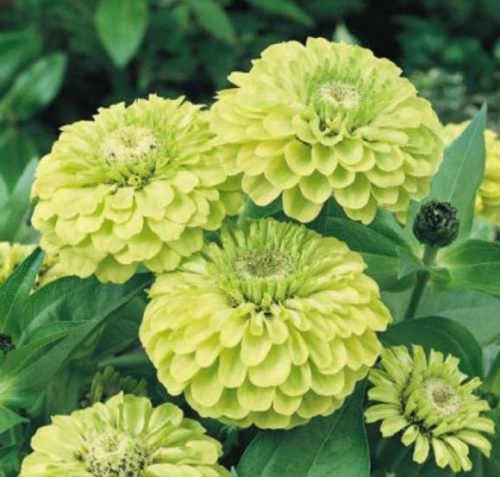
Green Envy Zinnias, scientifically known as Zinnia elegans ‘Green Envy,’ hail from Mexico, gracing gardens with vibrant lime-green flowers adorned with orange central florets. Among the most colorful zinnia varieties, these blooms symbolize growth, prosperity, and new beginnings. Though native to Mexico, zinnias have flourished across the Americas. Green Envy zinnias, thriving as annuals in Zones 2 to 11, thrive in rich, well-draining soils.
Green Milkweed
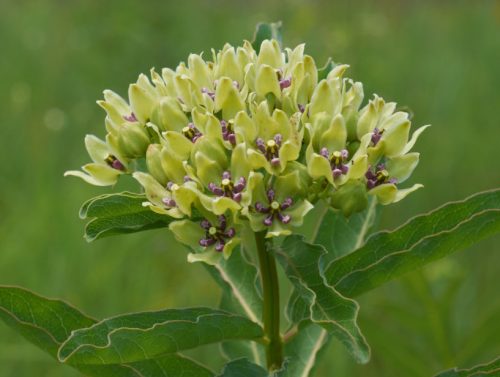
Green Milkweed, scientifically named Asclepias viridiflora, stands as a herbaceous perennial within the milkweed genus of the dogbane family. Thriving in central and eastern North America, these wildflowers, also dubbed green comet milkweed, enchant with their delicate beauty. Flourishing in Zones 4 to 9, they prefer the embrace of full sun or partial shade during the spring to summer flowering season. Rising 1 to 2 feet in stature, their upright stems bear lance-shaped leaves, while dense umbels adorn them with clusters of tiny greenish-white flowers, contributing to the allure of the natural landscape.
Green Winged Orchid
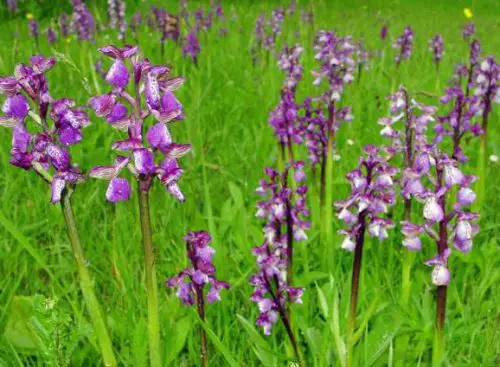
Green Winged Orchids, scientifically termed Anacamptis morio, enchant with their unique beauty. Native to Europe and the Middle East, these orchids, also called green-veined orchids, bloom during spring to summer. Contrary to their name, their hooded purple flowers bear intricate green veins. Each blossom boasts three delicate lobes, surrounded by slender green leaves. Flourishing best in Zones 4 to 8, these striking orchids.
People Who Read This Also Read:

